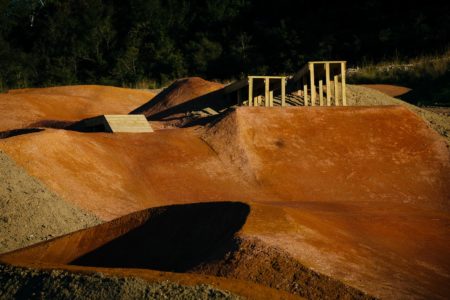In November 2019, eye-boggling photos of a new bike park in Sydney’s Northern Beaches began to trickle out over social media, and what we saw was like nothing constructed in the Harbour City before now.
Built on the remediated Belrose tip site, photos of humongous red clay tabletops and perfectly manicured berms began to ooze out of the Dirt Art Instagram, met with the inevitable questions of where this magical playground is, and when can it be ridden.

Interestingly though, Northern Beaches mountain bikers have been fighting for this project for over a decade. After hundreds of council meetings, multiple design applications, access issues and an unprecedented tonnage of dirt moved onto the site, the Bare Creek Bike Park is now almost complete.
What is Bare Creek Bike Park?
Now completed, the Bare Creek Bike Park is be an all-new free-to-ride open to the public, purpose-built facility constructed on an old tip site. It essentially jumps and freeride lines of all shapes and sizes, for riders of all ages, and specifically built to accommodate for a wide range of skill level. It’s also very kid-friendly and very e-MTB ready.
With around 150m of elevation, the park can be ridden without uplift transport. Laps all day long!
In a nutshell, the team has built:
- Gravity jump trails – Ideal for mountain bikes.
- Dirt jumps – Jump pad with four lines, beginner to pro suitable for BMX and dirt jump bikes.
- Drop zone – Drop Zone – A gravity-fed line that offers three progressive timber drops of varying size: Small, Medium, and Large.
- Flow trail – Flow trail – A series of ten interlinked shoulder to head-high berms.
- Pump track – The unique design is designed for all ages and abilities, a place to start jumping and progress onto other features in the park. The options are endless; the design allows the rider to interpret their line with massive head-high berms, a spine and gap-feature doubles.
- Kids track – For strider bikes, and little wheels. The park was always intended to cater to a broad spectrum of users, including the younger generation.
The fascinating story.
Back in 2008, the only legal single track in Sydney was Manly Dam. The Manly Warringah Mountain Bike Club and TrailCare were invited onto a Community Advisory Committee which was exploring possible uses for the Belrose Waste and Recycling Centre when it was set to cease operations in 2014.
“For every tonne of waste that went into the tip, two-dollars went into an enhancement fund to be spent on the site afterwards — not for maintenance or work, but beautification or a future project,” says Brett Butler, who was the Secretary of the Manly Warringah Mountain bike club at the time and is also involved with Sydney based advocacy group Trail Care. “That amounted to about $3.5-million when the tip closed.”

Working with the Community Advisory Committee, the Waste Asset Management Corporation, which was looking after operations of the dump, put together a draft future use plan with three possible options and released it to the public.
The community had spoken, and Northern Beaches mountain bikers would be getting a new trail network. Suart Planners were commissioned to put together a development plan and what they came up with would be the most significant injection of legal singletrack on the Northern Beaches to date, complete with XC and gravity trails spread over the entire 35-hectare site. But, the council grabbed a handful of brakes and sent the project over the handlebars.
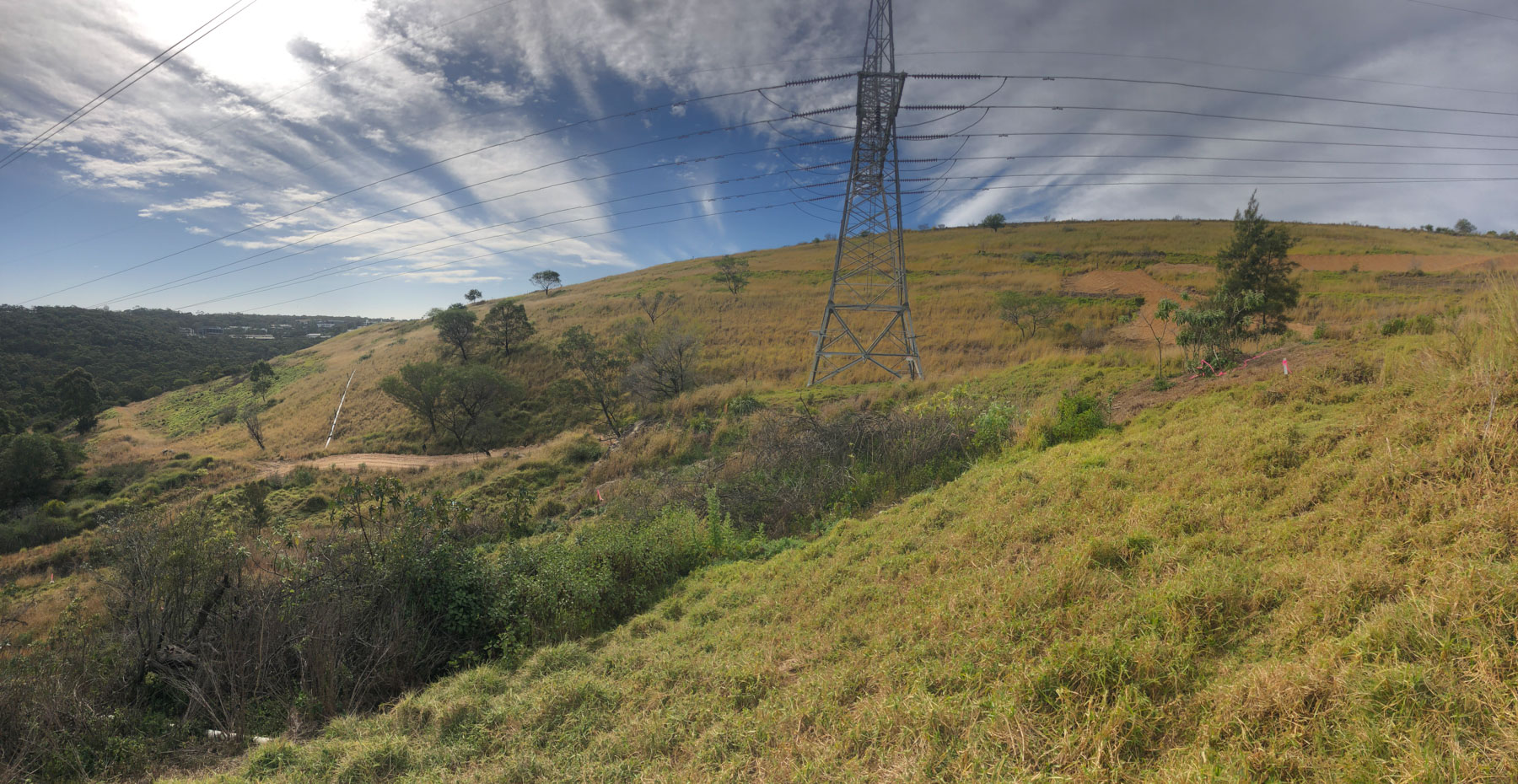
“The project hit the first big hurdle when Warringah Council decided they weren’t prepared to take on the management,” says Matt Ward who is also involved with Trail Care, and at this stage had taken over the reins of the project.
“Initially the council had suggested putting together a group that might be able to manage the bike park as a private entity, instead of the council. That fell through because the State Government wasn’t overly confident in the idea, so we spent the next couple of years working with the Waste Asset Management Corporation (who still managed the site), to try and find ways to get the project back on track.”
Little did the team who had been lobbying for the bike park know they would be dealt a pair of political aces. The first was the amalgamation of the Manly, Pittwater and Warringah Councils. Ward says a lot of the initial resistance to the project was because the Warringah Council didn’t want to be responsible for what they saw as a regional facility; whereas the new Northern Beaches Council see themselves as a regional council, and feel it’s their role to take on such facilities.
This was also around the time the iconic trails at Oxford Falls were bulldozed, to the great dismay of the mountain bike community.
“Once those trails were removed there was a real political impetus to make sure we got this back on track, and Jonathan O’Dea, the Local Member for Davidson, was really helpful at that stage getting all the parties together to make sure there was a plan where we can make it happen,” Ward says.
The ‘Bare’ comes out of hibernation.
When a garbage dump is put out of commission, the rubbish is sealed in with a clay cap to prevent contamination of the topsoil. For many years after the landfill is sealed, the rubbish underneath still decaying, not only causing the ground to settle a bit but releases methane gas as it decomposes. Gas wells are utilised throughout decommissioned dumps to manage and collect the noxious fumes. With the initial design for the network spanning across most of the site, this meant each gas well would need to be fenced.

“The sheer amount of fencing that would have been needed to go around each gas well was cost-prohibitive — there are hundreds of them, and each would have required fencing,” explains James Hall who was contracted through Trail Care to audit the build process.
The original concept utilised every inch of the former tip site taking full advantage of the roughly 100m of vertical drop, transforming the site into a mountain bike playground. So Ward and the Trail Care team took matters into their own hands and put together a design concept which drastically reduced the overall footprint of the bike park, and slightly shifted its focus.
“I remember going up on the site one morning to have a look around, and it was really a case of walking up and looking into the valley, where all the trails have ended up being, and it was immediately apparent that this is where everything goes.
The original concept utilised every inch of the former tip site taking full advantage of the roughly 100m of vertical drop, transforming the site into a mountain bike playground.
The other benefit is that it’s (where the bike park ended up) one of the oldest parts of the site, so it’s done most of its landfill settling, and there is not a lot of complex infrastructures. There was no longer the need to fence up gas infrastructure, and now we could just put up one big fence around the edge; which cut about 1.5-million dollars out of the budget, which could go to council to maintain the site for the next ten to 20-years.” Ward says.
Building on a decommissioned dump – send in The Slug
With this new design concept, Ward and Hall began to put new trail alignments down on paper. They worked with a new Project Manager from the Waste Assets Management Corporation, now part of the Department of Planning, Industry and Environment, who brought a ‘nothing is too hard’ attitude to the table. The team began to gather the documents for a Development Approval to then send the project out for tender, which was eventually awarded to trail building outfit, Dirt Art.
“At this stage, we were just pinching ourselves that it is actually happening,” Hall said.
You’d think that building on a decommissioned dump would be an ideal scenario from a trail builders perspective, with plenty of freedom, as it’s far from a pristine and sensitive wilderness environment, but there are still challenges to navigate. To preserve the clay cap on top of the landfill, Dirt Art was unable to bench the trails into the hillside and had to build the bench essentially.



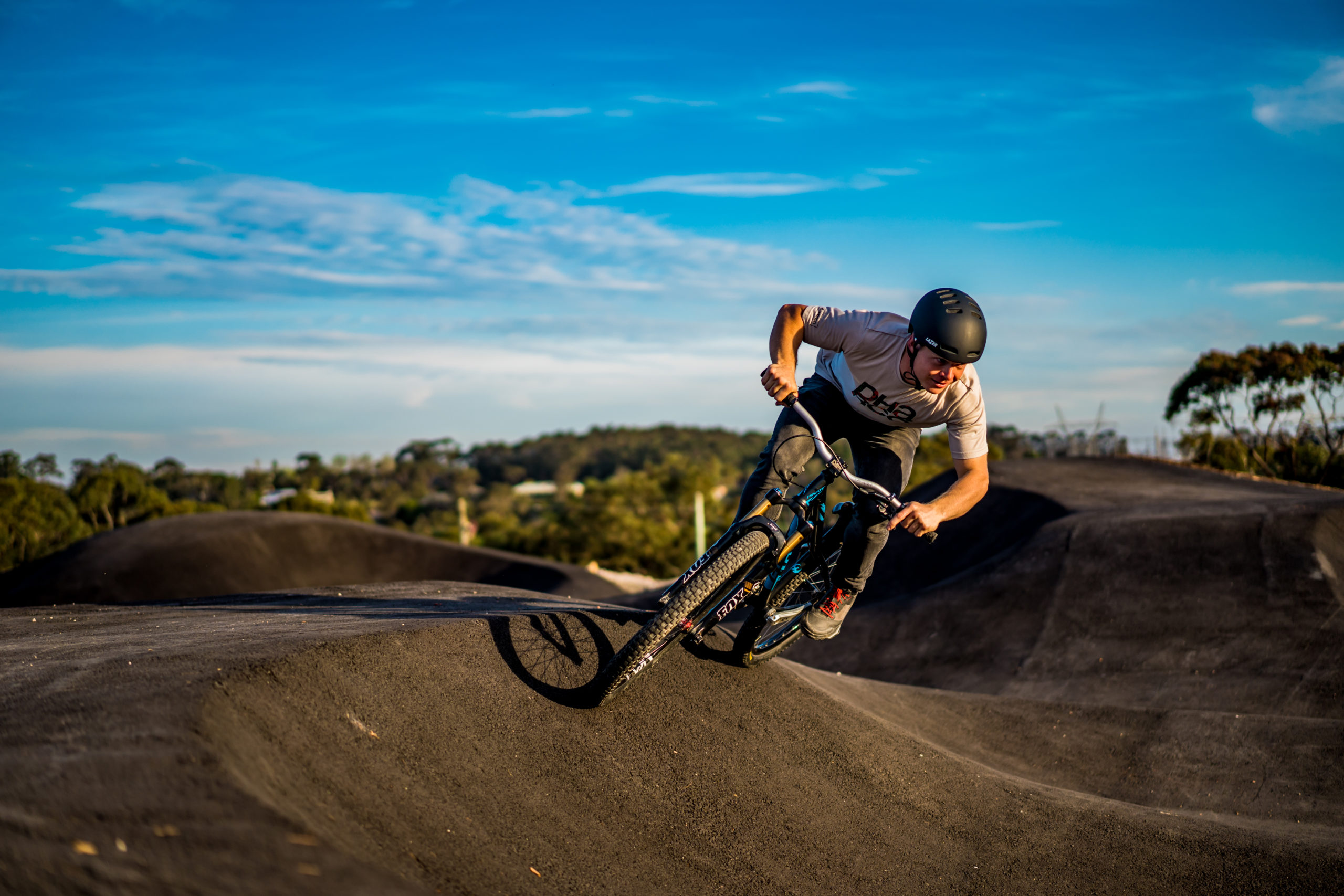
“We could dig down a tiny bit, but not much,” says Jason Lam, the Project Manager from Dirt Art. “So all of those big gravity lines you see, all of that was dumped out by a 30-tonne dump truck. We spent months just moving dirt up onto the hill before we could even start building the trails.”
Lam tells Flow it took three layers of fill to create enough depth to build and sculpt on top of.
“We called it the slug because it was this massive slug of dirt that went across the full alignment of all of these trails before we could start sculpting the trail,” he says. “Before arriving there were 30,000-tonnes of clean fill stockpile on the site, and within the first month we’d already burned through all of that.”
We spent months just moving dirt up onto the hill before we could even start building the trails
Built for beginners, pros, and everyone in between
The Bare Creek Bike Park you see today looks like nothing else in Australia. Once opened, it will offer a riding experience that has not previously been readily available to mountain bikers in Metro Sydney. In the teaser imagery, we’ve seen of the Bare Creek Bike Park, the jumps and gravity lines cut an imposing silhouette; however, these massive features are only one aspect of the park.
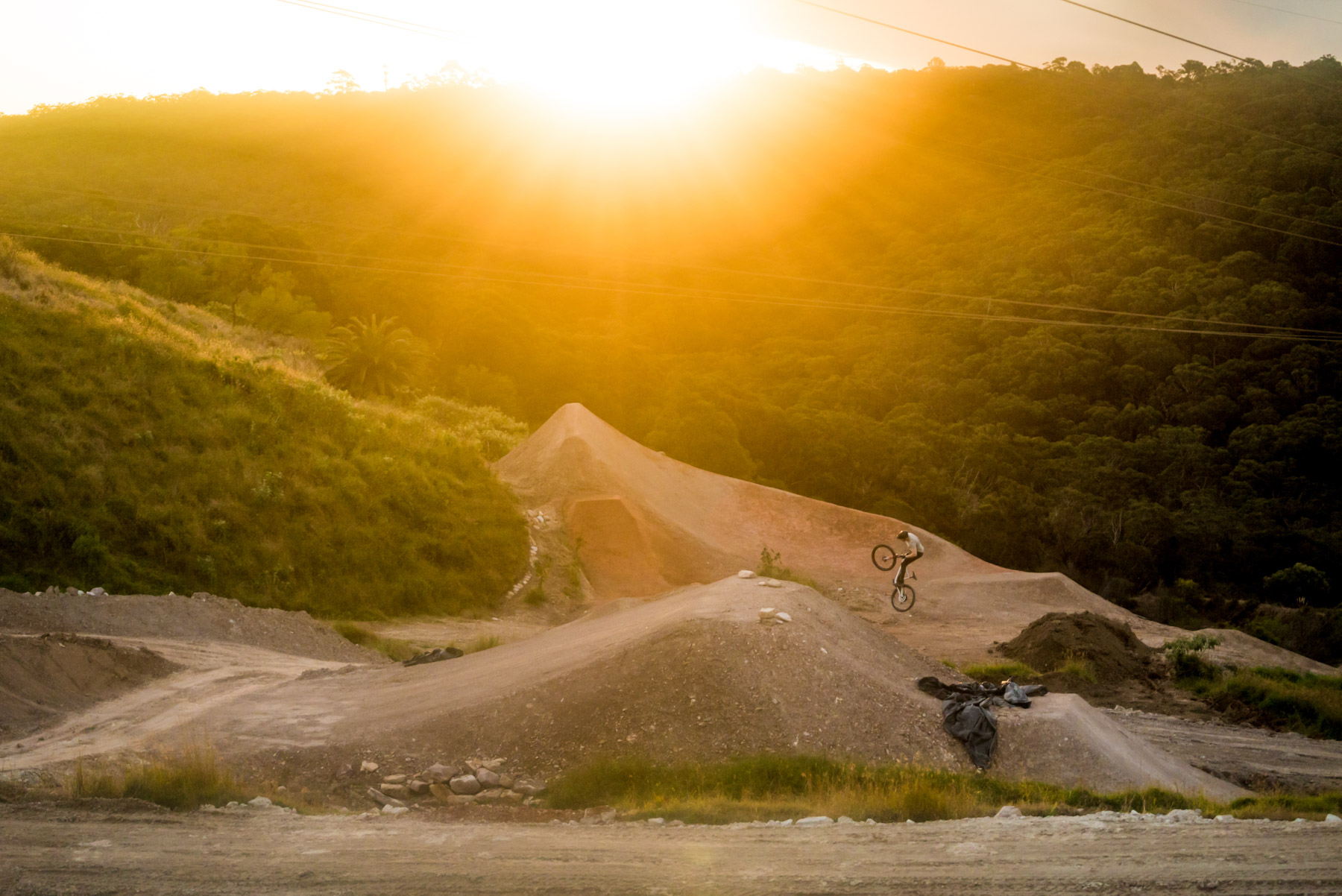


“When we went about designing and building this bike park there was a conscious effort to ensure there was a defined progression from the very beginner level, right through the advanced proline,” Lam explains.
“Along with that opportunity for progression, we were aware that we needed to cater for the upper-end level of the rider because it’s not something you can do elsewhere. National parks are never going to formalise the upper-end difficult trails like a double black or proline features because they are high risk,’ he continues. “Nor is it the right setting for it, you should not be building massive trails which have a three or four-meter corridor through sensitive land; Belrose gave us an opportunity for a clean slate because it was ex-landfill.”
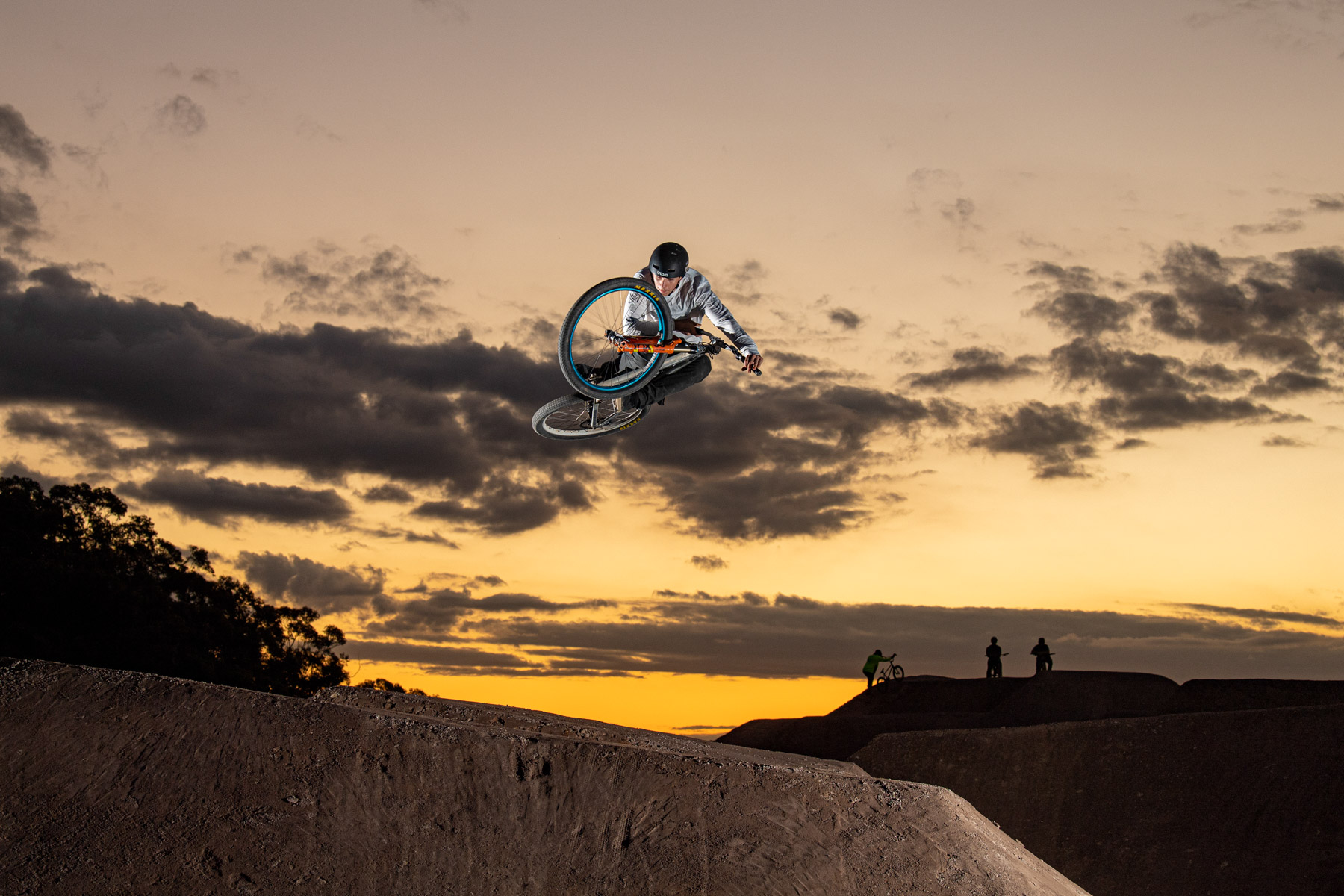

To achieve this, Dirt Art worked backwards, building the largest features first. Lam explains doing it this way gave them the endpoint when it allowed the progression between the features as riders skills grow to be seamless, without any gaps — both literal and figurative — between them.
The price of entry
The Bare Creek Bike Park will be a council-run facility, meaning that there will be no cost of entry and it will be entirely open for the community to use and enjoy. Given the size and consequence of many features throughout the park, the quality and consistency of the jumps, drops and berms is key to making sure the park is built safely, and this comes down to speed. Lam tells us every feature, regardless of whether it’s the beginner jumps or the proline can be rolled into and safely cleared without the need to pedal or brake mid-line.
Regardless of whether it’s the beginner jumps or the proline can be rolled into and safely cleared without the need to pedal or brake mid-line.
“It’s imperative for a public facility that you take the guesswork out of it, and make it as safe as possible. People are still going to get hurt because mountain biking is an inherently dangerous sport — we can’t stop that. We can only build things as safe as possible and ensure the signage reflects that and make people aware of the risks,” says Lam.
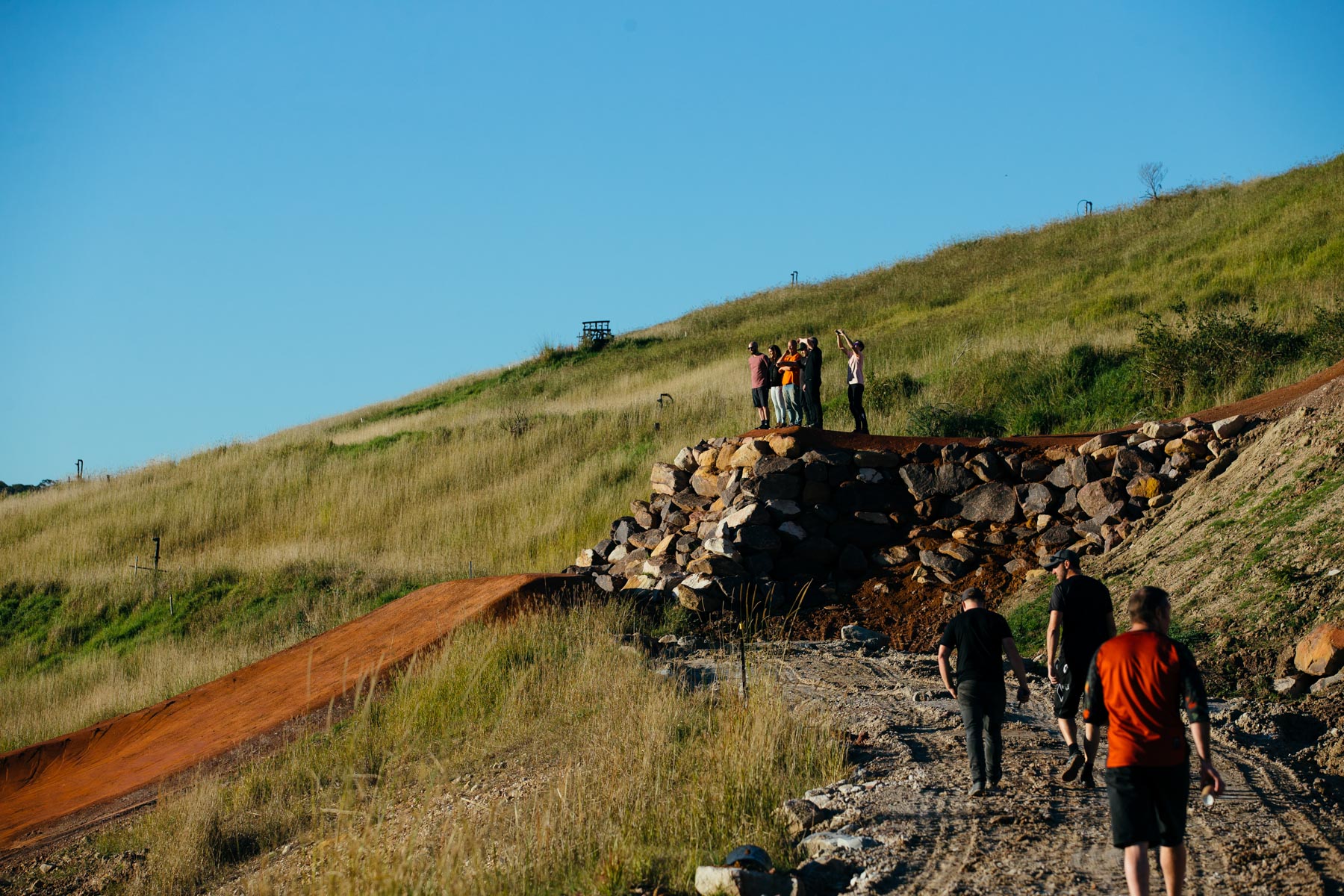
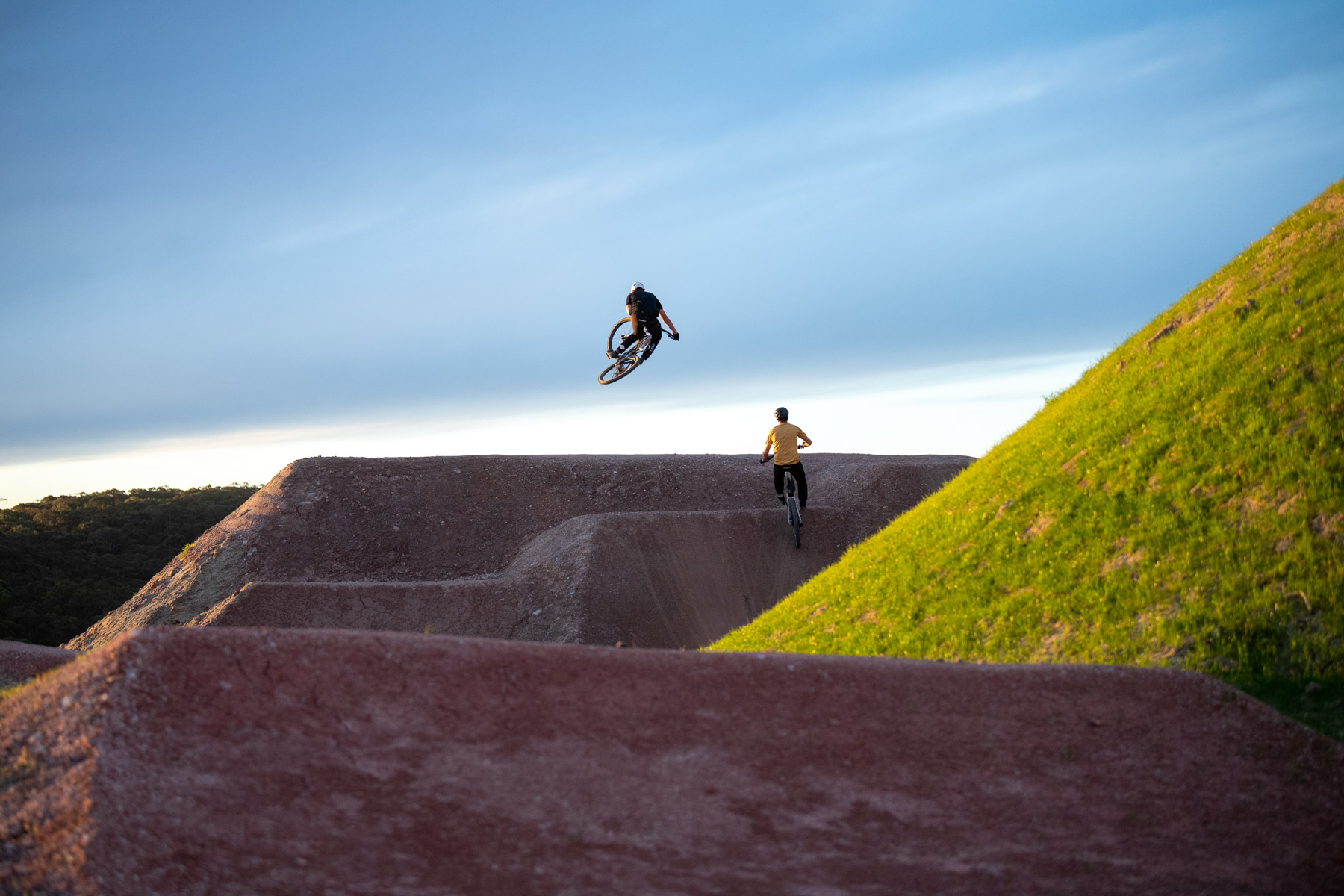


When you have bike park features that satisfy the needs of the upper end of the spectrum, ultimately that is what prevents people from going out into the woods and building a janky jump line that will inevitably be torn down by the council.
“I think it’s fair to say that the most harmful form of illegal trail building is when people go out and try to build great big jumps and features out in natural bushland,” Ward says. “With what we have at Belrose, there is no reason for anyone to go and build jumps anymore.”
While the Bare Creek Bike Park we have today is a little bit different to the one which was proposed many moons ago, it’s a world-class trail facility that the public can use and enjoy. It will add to the riding culture in Sydney, and get more people on bikes — which is a good thing any way you slice it.
“Even if these people are just coming into the sport to ride jumps, inevitably they’re also going to want to ride mountain bikes out on single track in the bush. I suspect that we are going to see an increase in demand for a wider range of mountain bike facilities, and ultimately lead to a more formalised trail” says Ward.
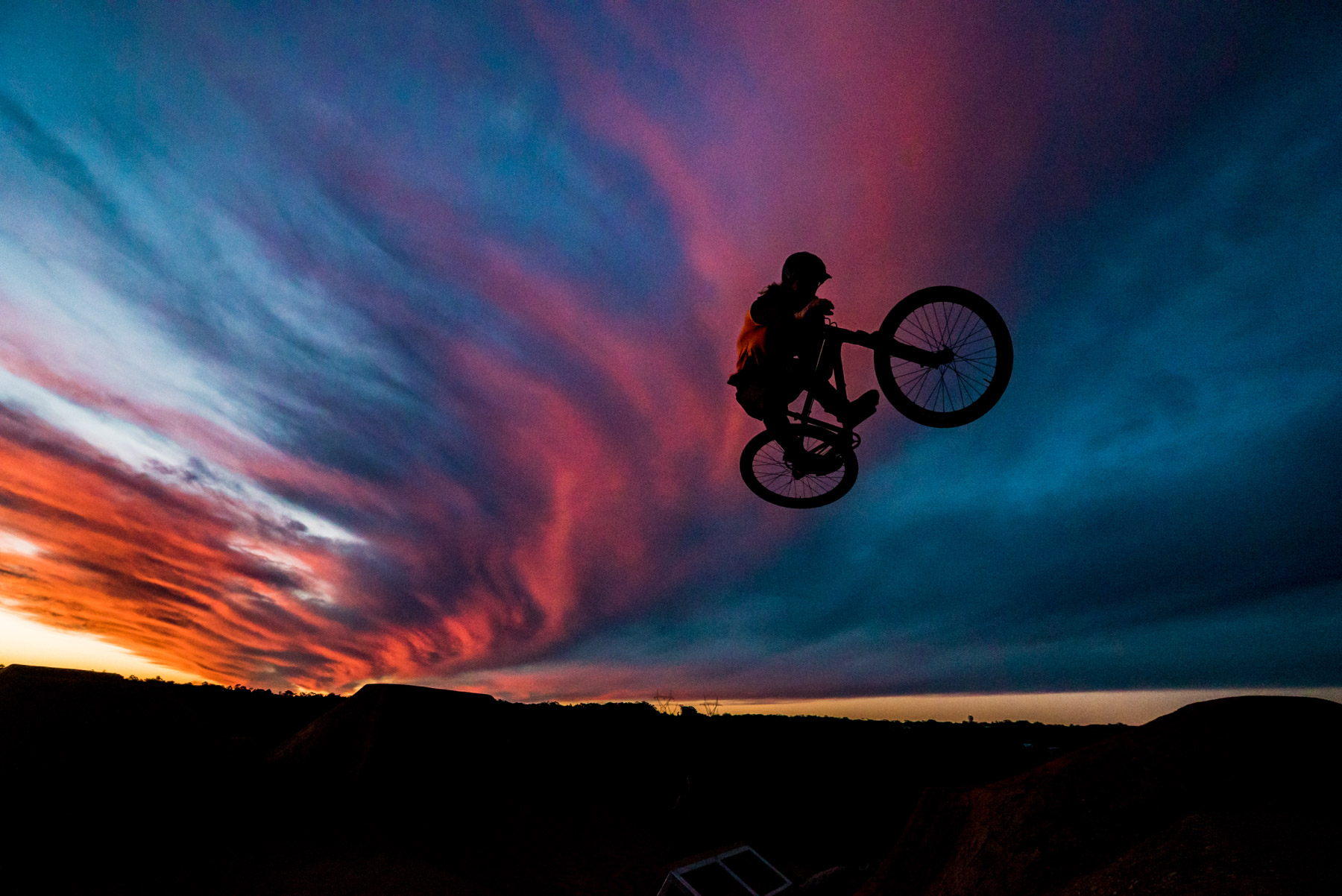
Butler also tells us that from the start, some of the local schools have shown interest in utilising the facility as part of their curriculum as well.
It’s happening, people!
Where – 2819 Crozier Road, Belrose NSW
When – Now open!
How – The council facility is free to ride and open to the public.
Follow for progress updates and opening information – https://www.facebook.com/BareCreekBikePark
For all the latest information, check out the complete guide to Bare Creek Bike Park here.
Words – Colin Levitch, Flow Mountain Bike
Images – Matt Staggs, Wesley Lonergan, Mark Watson/Incite Images, Dirt Art
